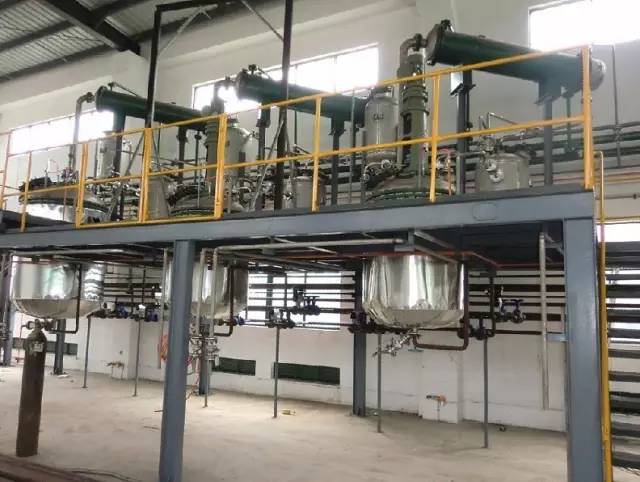
Mechanical seal definition
A mechanical seal is a device used to solve the seal between the rotating shaft and the body. It is a device for preventing fluid leakage by at least a pair of end faces perpendicular to the rotating shaft, which are held together by the action of the fluid pressure and the compensating mechanism elastic force (or magnetic force) and the auxiliary seal.

1. Transmission ring; 2. Sealing ring 1 (leakage point 1);
3, spring seat; 4, spring;
5, push the ring; 6, drive pin;
7, moving ring; 8, static ring;
9, sealing ring (leakage point 2); 10, anti-rotation ring;
11. Set screws; 12. Set screws;
13, sealing ring 3 (leakage point 3); 14, sealing ring 4 (leakage point 4);
15 leak point 5
Mechanical seal selection basis
Medium: (determine material, structure)
Pressure: (determine the structure type, material)
Temperature: (determines the structure type, material)
Speed: (determines the structure type, material)
Kettle mechanical seal complete system diagram
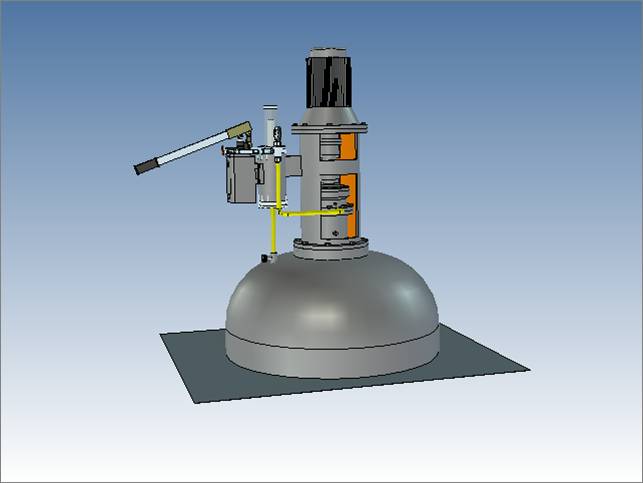
Kettle mechanical seal installation precautions
After the vertical container is installed, the container mouth is horizontally calibrated and the foundation is determined to be stable;
Before the mechanical seal is installed, the radial runout of the stirring shaft in the sealing part is detected: the steel reaction kettle is smaller than “d/100mm; the radial runout of the glass-lined reactor is less than “d/30mm; the axial displacement of the stirring shaft is less than 0.5mmâ€. ;
The agitator shaft tolerance is h8 (the glass is stirred for h9) and the surface roughness is ≤1.6μm (subject to the latest standard)
The mechanical seal must first check the transition chamfer of the stirring shaft end before installation to the kettle body: generally 3 × 20 ° and make a smooth transition, the left picture is used domestically, the German standard on the right.
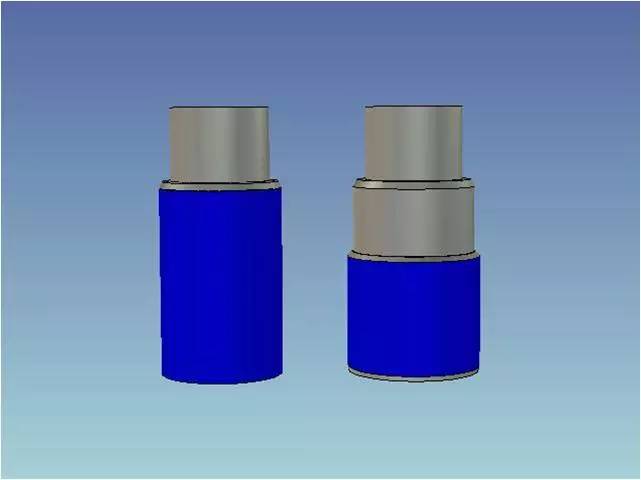
Non-packaged single-end mechanical seals are installed step by step according to the instruction manual;
The double-end mechanical seal is first subjected to static pressure test. The test pressure is the design pressure. The test medium oil or water, after holding for 30 minutes, the average leakage is less than 5ml/h, which can be installed;
Apply a small amount of grease on the outside of the shaft or bushing where the mechanical seal is installed, install the mechanical seal on the stirring shaft, and properly pull the shaft out about 50mm to wipe off the grease from the locking chuck;
Install the transmission components such as the frame, coupling, and motor reducer in order, and confirm that the coordination and positioning meet the design standards;
Then, the lower part of the mechanical seal is connected with the positioning screw of the kettle mouth. (The gasket has the special function of the locking force standard to meet the requirements). The upper part of the mechanical seal is fixed to the locking chuck, and finally the positioning card of the upper part of the built-in mechanical seal is removed;
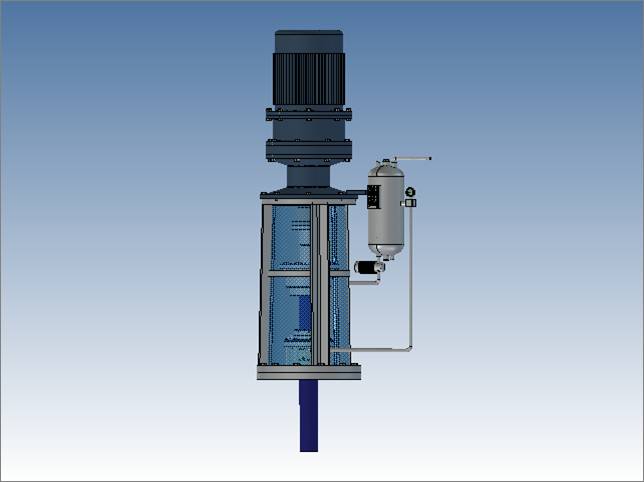
Mechanical seal without auxiliary device, plug the sealing liquid port and fill it with sealing liquid. (The sealing liquid is generally clean glycerin, oil, pure water, etc.). If the liquid is ordered, it should be clearly requested. Only design Can be used if the influence of the medium has been considered;
The use pressure without auxiliary device is ≤0.3MPa (except for bidirectional balance type mechanical seal); and the sealant should be filled regularly for the mechanical seal. When the sealant is filled, it should be stopped under no-pressure condition in the kettle.
The pipeline between the mechanical seal and the auxiliary device is connected in a pipe connection diagram with an auxiliary device;
For the mechanical seal and the auxiliary device, the sealing liquid is filled and the air is exhausted, and the use pressure of the auxiliary device can reach the highest pressure when the mechanical seal is designed;
The pressure of the mechanical seal auxiliary device is generally 0.1 MPa higher than the pressure in the autoclave. Considering the pressure fluctuation of the hydraulic pump station, the minimum pressure needs to be higher than the maximum pressure of 0.1 MPa in the kettle;
The mechanical seal must be replenished with the sealing fluid for the mechanical seal when the sealing fluid is lower than the minimum warning line of the auxiliary device during use;
The medium with crystallization condition regularly checks whether the pipeline of the auxiliary system is unblocked, and the high temperature working condition must confirm that all the cooling water of the system is unblocked every time;
Mechanical seals without dry grinding design are prohibited from dry grinding;
Strong corrosion conditions suggest that the replacement of the sealing fluid can be carried out in the shutdown state after about one month of use, so that the operating environment of the mechanical seal can be carried out under good conditions to ensure the longest service life.
If the agitator shaft impeller is not balanced, the tank must be stirred with 2/3 of the kettle material or water. It is not allowed to do dynamic pressure test when the kettle is filled with water;
The static pressure test on the kettle is 1.25 times of the actual use pressure, and the dynamic pressure test is the actual use pressure;
The leakage of the mixing shaft diameter ≤80mm is less than 5ml/h, and the leakage of the mixing shaft diameter >80mm is less than 8ml/h (the specially designed sealing is not limited to this limit).
Mechanical seals are not allowed to be transported on containers to the use plant without safeguards;
The mixing of the stirring shaft without the calibration balance is strictly prohibited in the empty state;
The cooling water is turned on before each use, and the cooling water is finally turned off after each use;
The mechanical seal transmission has a directional design, and it should be confirmed that it conforms to the design rotation before operation;
Typical Structure Analysis of Kettle Mechanical Seals
Single end non-package
Single-end cartridge
Single end bearing with cartridge
Double-end cartridge
Double end bearing type
Radial double end
Bottom-in side-loading
Short-axis integrated cartridge

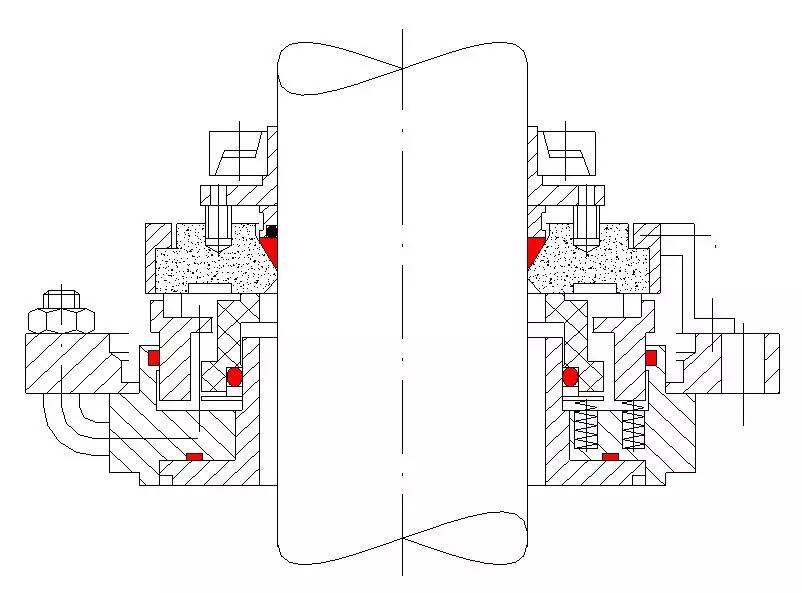
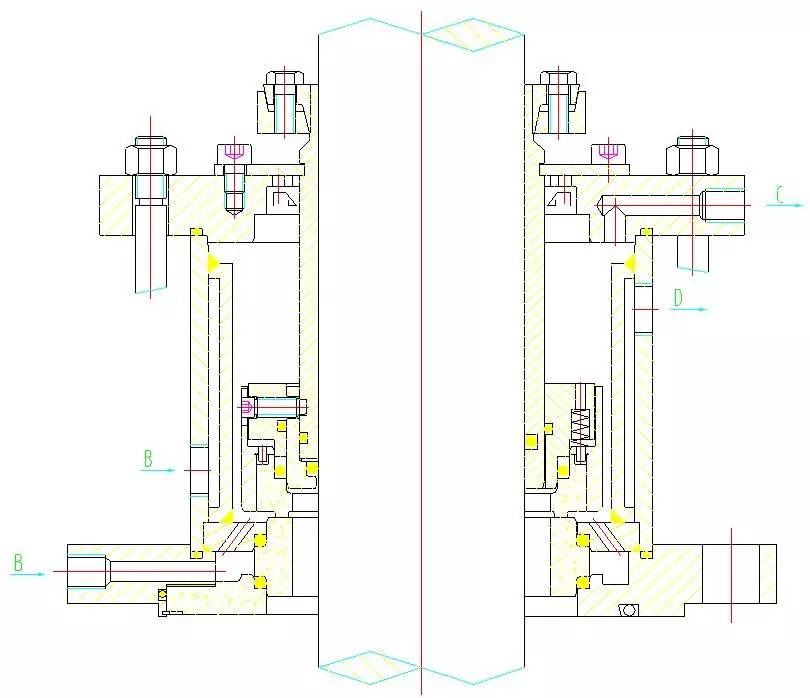


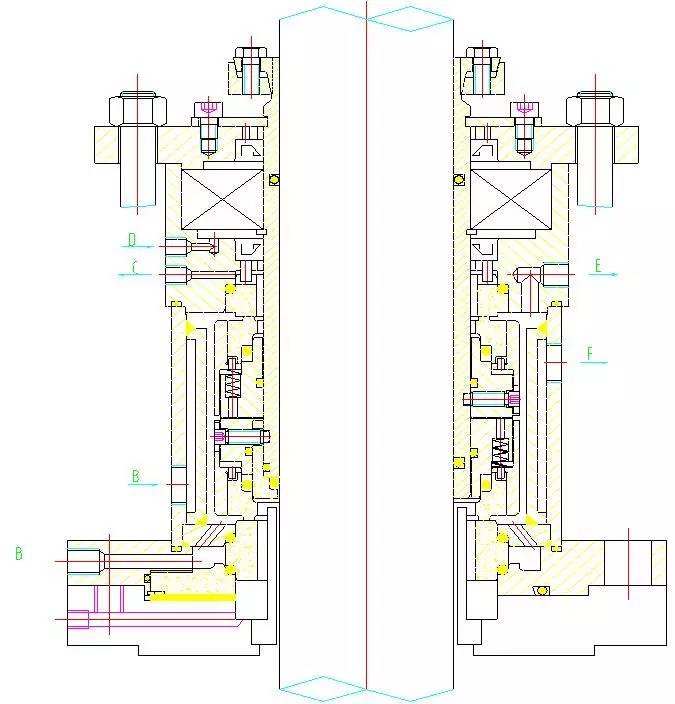
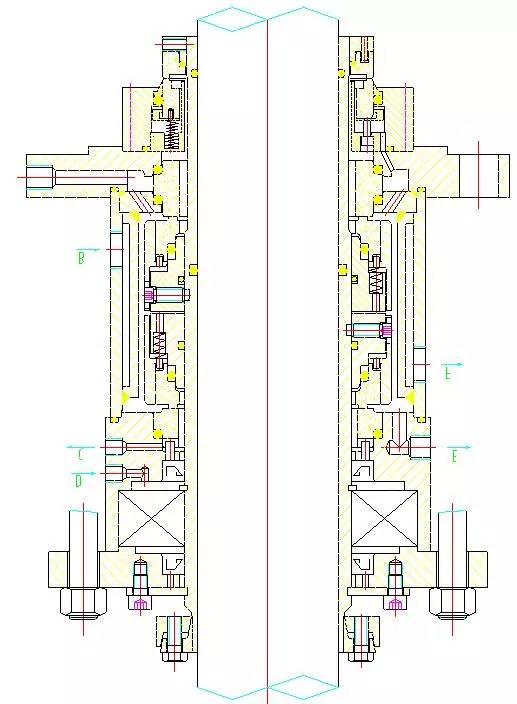
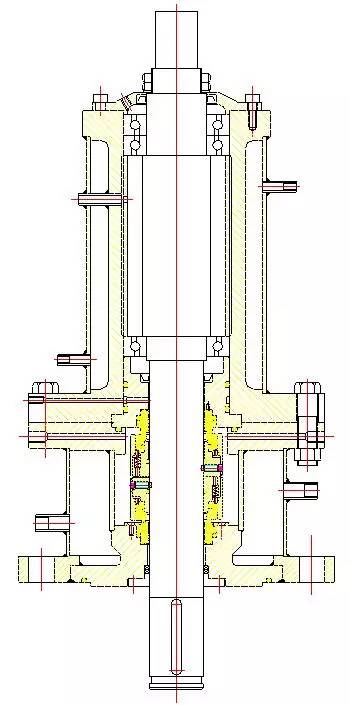

Introduction to mechanical seal assist system
Pressurized tank: used in ordinary steel reactor
Storage tank: for strong corrosion conditions
Hydraulic pump station: for high speed, strong corrosion conditions
Hydrocyclone: ​​for occasions with coarse particles
Cooler: for high temperature conditions
Precision filter: for fine particle conditions
Portable Solar Panels,180W Folding Solar Panel,180W Folding Panel,180W Camping Solar Panels
Zhejiang G&P New Energy Technology Co.,Ltd , https://www.solarpanelgp.com